- Home
- Articles
- Architectural Portfolio
- Architectral Presentation
- Inspirational Stories
- Architecture News
- Visualization
- BIM Industry
- Facade Design
- Parametric Design
- Career
- Landscape Architecture
- Construction
- Artificial Intelligence
- Sketching
- Design Softwares
- Diagrams
- Writing
- Architectural Tips
- Sustainability
- Courses
- Concept
- Technology
- History & Heritage
- Future of Architecture
- Guides & How-To
- Art & Culture
- Projects
- Interior Design
- Competitions
- Jobs
- Store
- Tools
- More
- Home
- Articles
- Architectural Portfolio
- Architectral Presentation
- Inspirational Stories
- Architecture News
- Visualization
- BIM Industry
- Facade Design
- Parametric Design
- Career
- Landscape Architecture
- Construction
- Artificial Intelligence
- Sketching
- Design Softwares
- Diagrams
- Writing
- Architectural Tips
- Sustainability
- Courses
- Concept
- Technology
- History & Heritage
- Future of Architecture
- Guides & How-To
- Art & Culture
- Projects
- Interior Design
- Competitions
- Jobs
- Store
- Tools
- More

House E seamlessly integrates a dwelling and an adjoining pavilion, designed to serve as a secluded workspace. These cube-shaped structures are linked via a subterranean passageway, forming a delightful architectural pairing.

The main residential section boasts a subtle grey-bricked exterior, contrasting the pavilion’s full-length mirrored facade. This captivating glass structure acts like a chameleon, reflecting the ever-changing moods of the sky and its environment. The dynamic nature of the facade means its appearance fluctuates based on one’s vantage point, the time, and prevailing weather conditions. Similarly, the mirrored upper level of the dwelling seems to vanish into the sky, thanks to its reflective properties.

Living areas are conveniently situated adjacent to the hall, while the upper level, housing the bedroom, an expansive open-layout bathroom, and a wardrobe, exudes exclusivity. Reached by a distinct semi-spiral staircase, this space feels like a private retreat within the larger home, offering a unique sanctuary.
House E elevates the concept of functional beauty by featuring wardrobes with mirrors, cleverly designed to blend storage solutions with the reflective elegance that enhances both the spaciousness and luminosity of each room.
The outdoor spaces of House E complement the architectural narrative, blending effortlessly with the overall design. Landscaped gardens, with a mix of native plants and modern hardscaping, provide a serene backdrop and enhance the building’s connection with nature. These outdoor areas are thoughtfully designed as extensions of the living spaces, with terraces and patios that offer versatile areas for relaxation and entertainment. The thoughtful integration of indoor and outdoor spaces in House E’s design reflects a contemporary approach to residential architecture, where the boundaries between the built environment and the natural world are gracefully blurred.

Inside, the theme of reflection persists; extensive mirroring on closets and doors amplifies the sense of space, making interiors feel vast and open. Throughout House E, there’s a conscious effort to highlight interior pathways, panoramic vistas both within and outside the building, and clever uses of reflective elements, enhancing its visual appeal.
The subterranean passageway connecting the main house to the pavilion is a feat of architectural ingenuity, symbolizing the seamless integration of work and living spaces. This pathway is not just a functional transition; it’s a sensory journey, with ambient lighting and sound insulation that transforms moving from one structure to the other into an experience in itself. The designers have meticulously utilized materials that resonate with the earthy tones of the underground, creating a warm, enveloping ambiance that contrasts with the light and airy feel of the above-ground structures.
Environmental sustainability is a key aspect of House E’s design, with energy-efficient features integrated throughout both the residential and pavilion structures. The use of large windows and skylights maximizes natural light, reducing the need for artificial lighting during the day. Additionally, the mirrored exteriors help in regulating the temperature by reflecting sunlight, thus minimizing the reliance on heating and cooling systems. Rainwater harvesting and the use of sustainable building materials further emphasize the commitment to eco-friendly living, making House E not only a marvel of modern architecture but also a model of environmental responsibility.

Submit your architectural projects
Follow these steps for submission your project. Submission FormLatest Posts
BINÔME Multi-residence by APPAREIL architecture
Binôme by APPAREIL Architecture is a five-unit residential building that redefines soft...
Between the Playful and the Vintage, Studio KP Arquitetura Transforms a Creative Multifunctional Space
Beyond its aesthetic and symbolic appeal, the project integrates technological solutions for...
An Experimental Renewal of Mountain Architecture: Valley Homestay in Linggen Village
In Zhejiang’s Linggen Village, a forgotten mountain building has been reimagined into...
James Baldwin Media Library and Refugee House by associer
In Paris’s 19th arrondissement, Atelier Associer has reimagined a 1970s secondary school...
















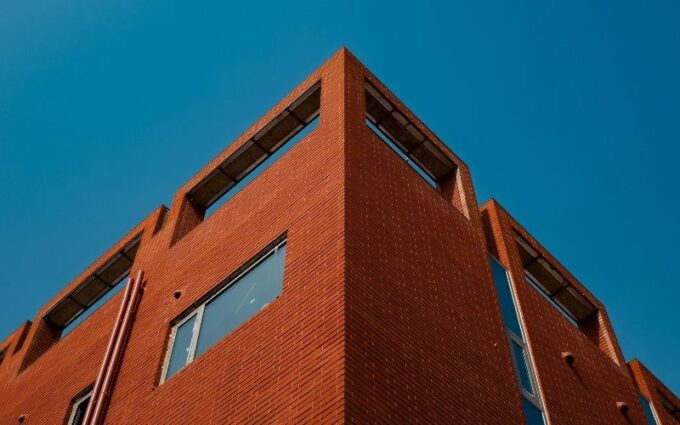


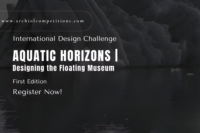

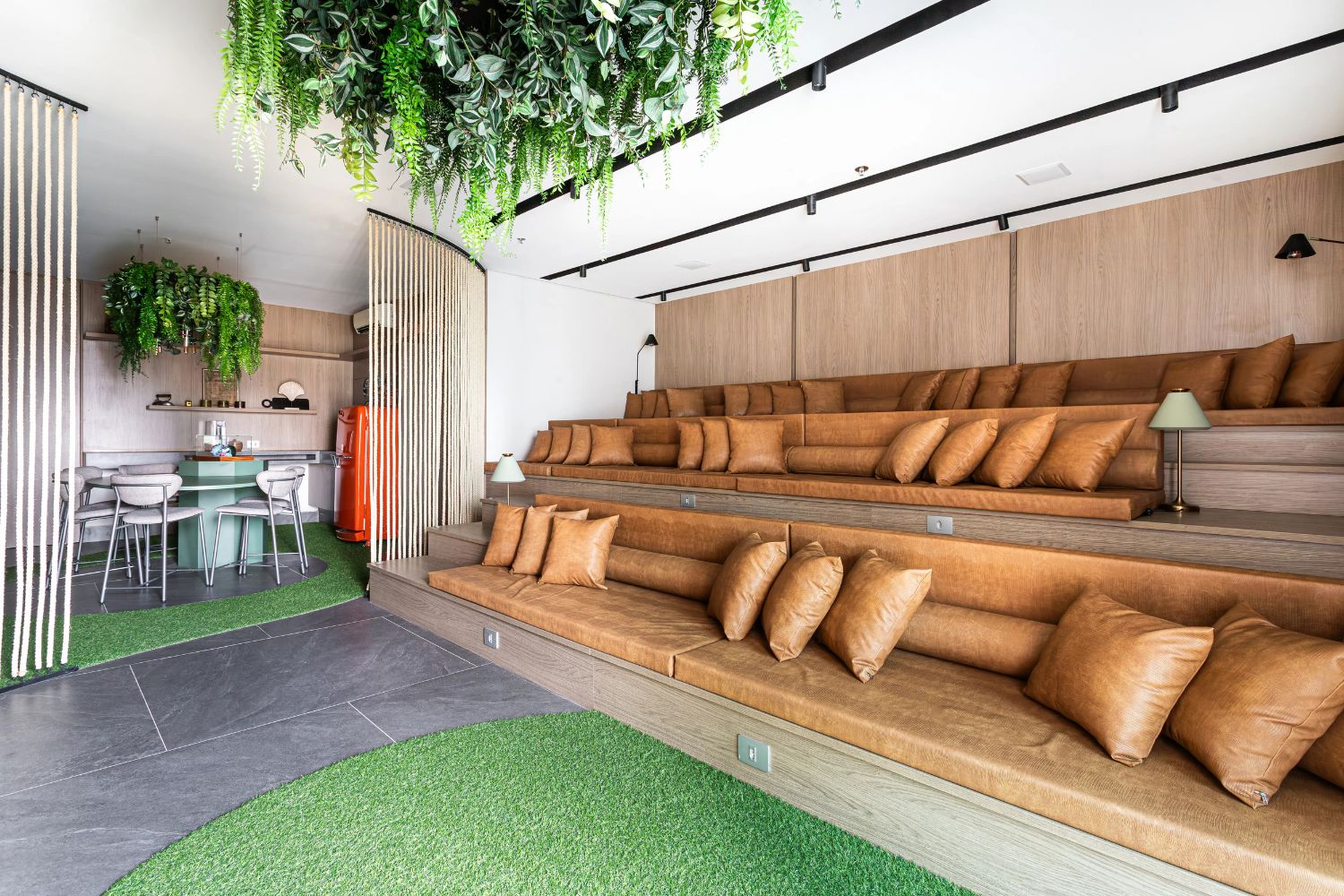
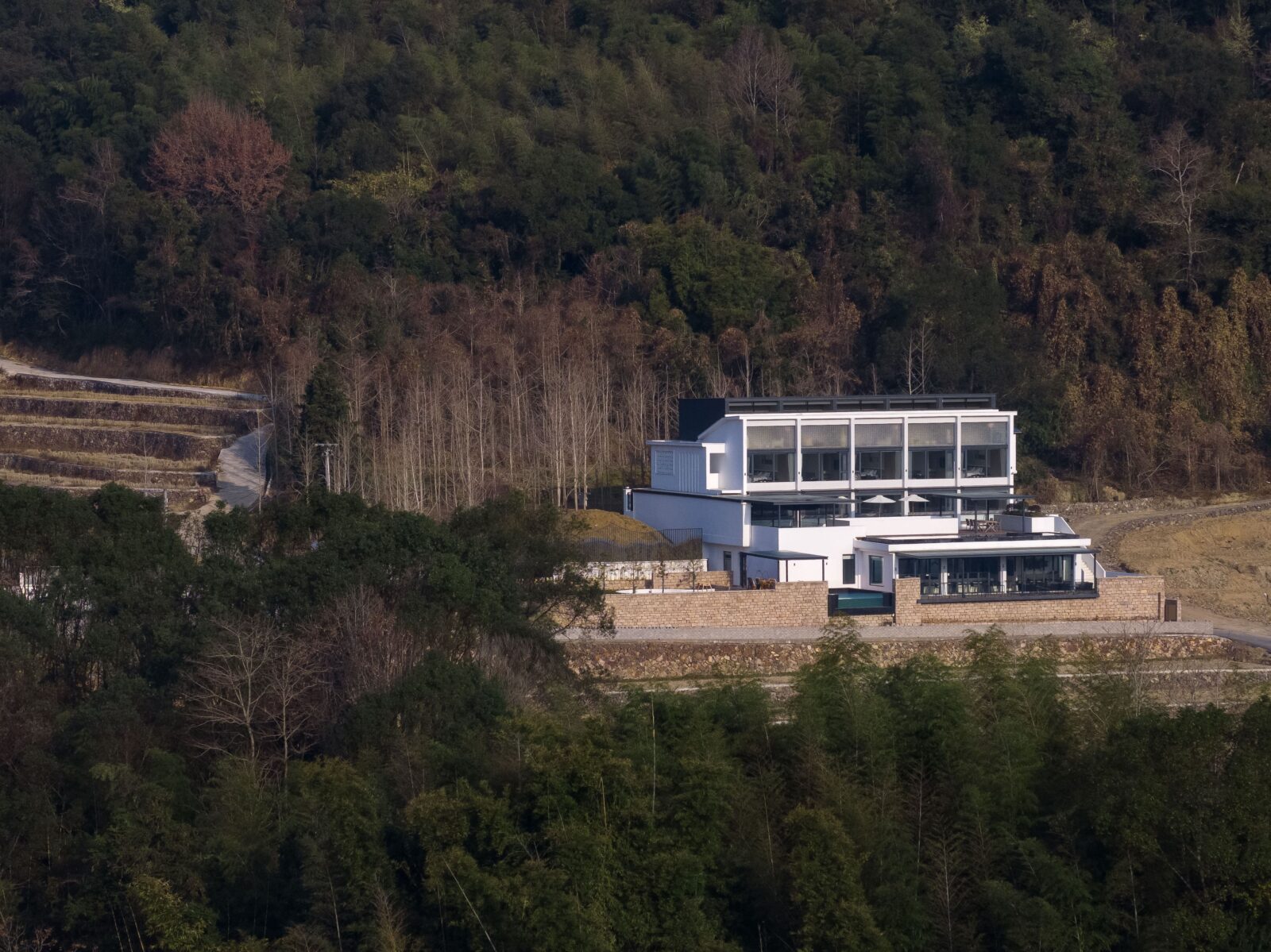
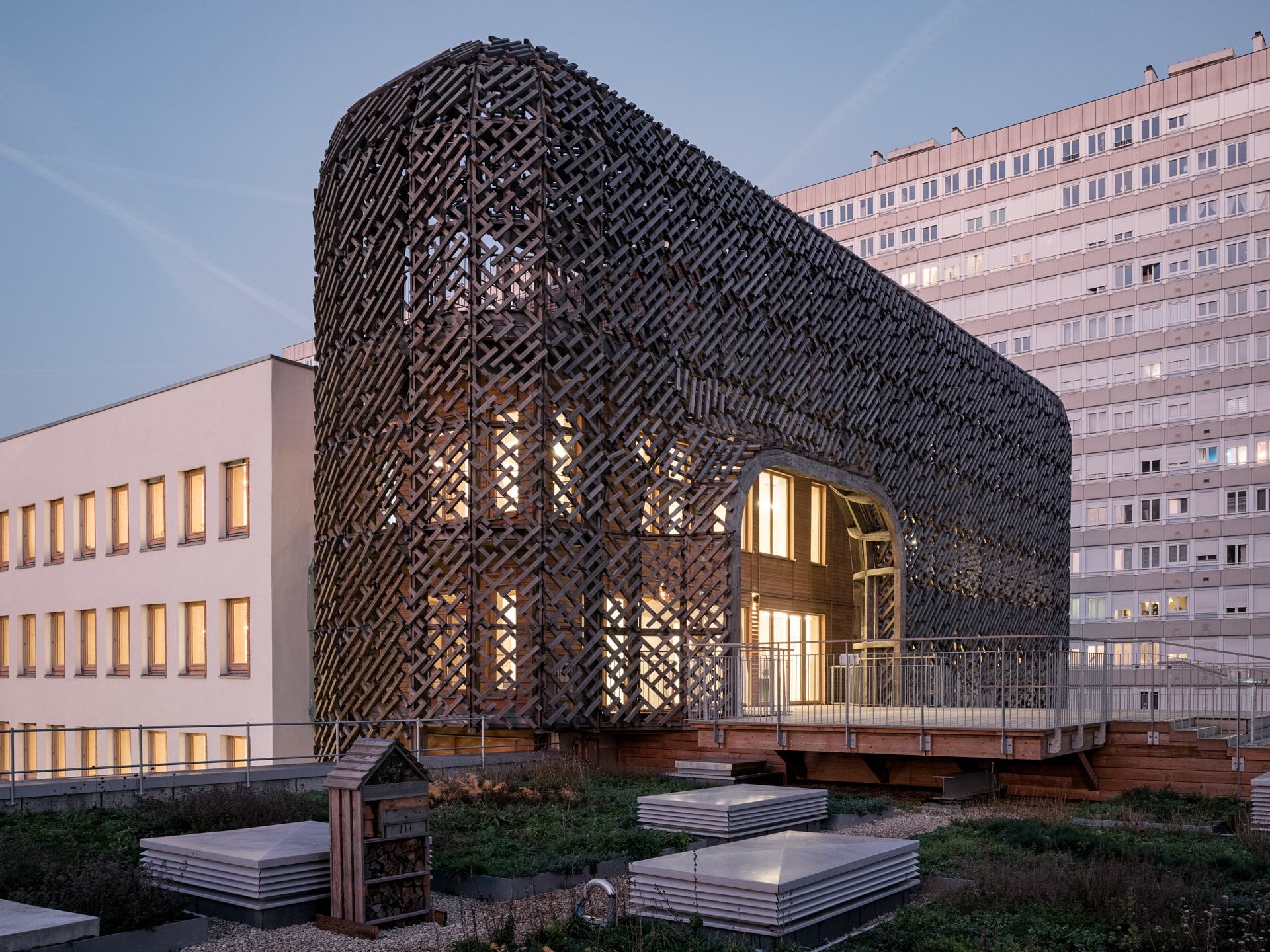
Leave a comment